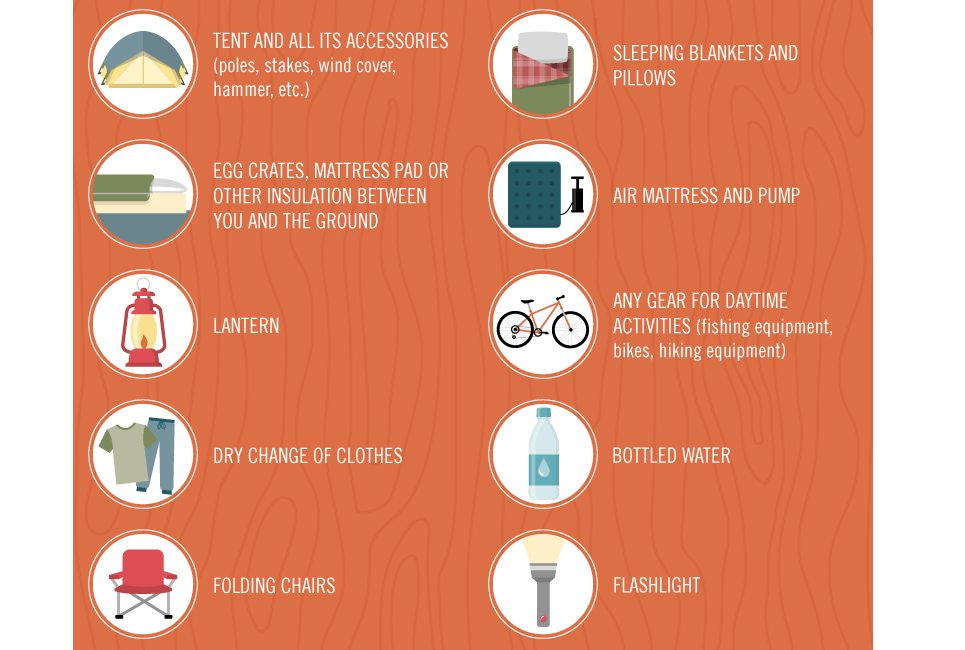While both deal strengths in various settings, it's important to determine which type of insulation will ideal offer your demands. The insulation you select effects warmth, weight, water resistance, compressibility and price.
Down is collected from waterfowl, usually ducks or geese. It is prized for its agility, easy compression and shielding homes. However, down ends up being less efficient when damp.
Warmth-to-Weight
A high warmth-to-weight ratio is wanted in exterior clothes and equipment. The protecting properties of down feathers make them an excellent choice for this purpose, as they are extremely cozy and light-weight.
Nonetheless, down loses its insulating abilities when it splashes, indicating it needs to be paired with a waterproof covering. In addition, some people are allergic to down, making artificial coats a better alternative for them.
Artificial insulations are typically made from recycled polyester and made to simulate down's insulating buildings. They are not as lightweight as down, yet they do not lose their protecting capacities when they get wet and completely dry quicker than down. They are also a lot more inexpensive than down. Nevertheless, their life-span is shorter than down, causing higher maintenance and replacement costs.
Water Resistance
The insulation you pick for your work jacket will make a big difference in exactly how comfortable you feel outdoors. However, the kind of insulation you choose also has significant ramifications for your sustainability objectives.
Down is an excellent insulator for a variety of reasons. It's light-weight, compressible, and offers a great warmth-to-weight ratio. Nonetheless, it doesn't prosper when it gets wet. Down clumps up and loses its loft space when wet, which can dramatically reduce its capacity to catch warmth.
Artificial insulation products, such as Thinsulate and Primaloft, hold up much better against wet conditions. They generally have a tight weave or chemical coating that maintains water from permeating the fabric. This permits the insulation to continue to be breathable, even if wet. It deserves keeping in mind that synthetics can additionally be uneasy when damp, however they retain their shielding residential properties.
Compressibility
While goose down does have an exceptional warmth-to-weight proportion, synthetic insulation carries out similarly. Nonetheless, unlike down fashion accessory which takes in and loses its shielding capacities when damp, synthetic insulation does not. As a result, it can maintain its loft and catch warm air in damp conditions.
Usually made from polyester sheets or clusters that resemble down, one of the most usual synthetic insulation brands consist of PrimaLoft, FullRange, Thermoball and Patagonia's PlumaFill. While it still can't match down's loftiness and warmth-to-weight, artificial jackets are light-weight, fast to completely dry and cheaper than down. This makes artificial coats ideal for damp atmospheres, or if you're prone to sweating greatly. Artificial coats are also much less fragile than down and can take a beating. This durability reaches their face textiles which are usually thicker and a lot more resilient than down.
Sturdiness
A significant consideration in sustainability is a material's longevity and sturdiness. All-natural materials like cork, ThermaCork increased cork and Havelock woollen last longer than synthetic choices like fiberglass and plastic. They also need much less upkeep and can withstand severe ecological problems.
However, all-natural insulation doesn't do too when wet as artificial choices. Woollen and fleece glob together when wet, jeopardizing their capability to catch warmth. Synthetic insulation, on the other hand, does not take in dampness and remains to shield even when saturated.
This makes artificial insulation perfect for wet climates and difficult activities where you might sweat heavily. It's likewise less complicated to wash and dries faster than down. This added toughness and integrity make synthetic insulation an overall champion in this classification. This converts to sturdy shielded job boots that last lengthy and maintain you warm up via requiring settings.
Sustainability
All-natural materials provide biodegradability and a smaller environmental impact, while artificial choices boast resilience and innovative applications that support energy performance. Nonetheless, it's important to understand the true ecological impact of these insulation materials from cradle-to-grave.
For instance, if an all-natural insulation product needs to take a trip a cross country from its resource to the structure site, transportation-related discharges raise its overall carbon impact. Picking locally sourced and reused items reduces that effect. And, going with GREENGUARD and Cradle to Cradle accreditations ensures that insulation is without unpredictable organic compounds (VOCs) and sustains liable sourcing and labor conditions.
Sheep's woollen and cork are eco-friendly insulation sources that are gathered without harming the tree or plant. Both have the included advantage of being naturally resistant to mold and mildew, pests and wetness.
